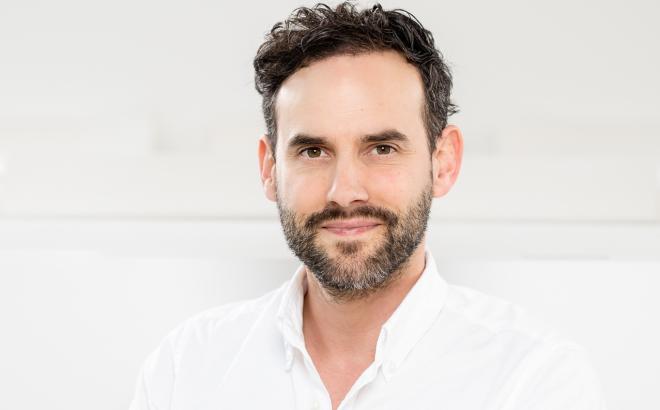Sophia Steinbacher, Microbiologist
Viruses In Our Waters
What micro-organisms do we find in our water resources? Which of them can point to faecal pollution? These are the questions Sophia Steinbacher hopes to answer. As to the scientific institutions she belongs to, she laughingly refers to herself as a “hybrid”. She primarily works in the KL’s Water Quality and Health Division at the Technopol technology and research centre in Krems, but is also a member of the Environmental Microbiology and Molecular Diagnostics group 166/5/3 at the Technical University of Vienna. Andreas Farnleitner is the head of both teams and the two experts bring their water knowledge into the ICC Water & Health cooperation centre that takes an interdisciplinary approach to the research area of water and health.
Steinbacher has just started work on a new research project called “Future Danube”, funded by the Society for Research Support in Lower Austria (GFF). The key question is: climate change alters the temperature patterns and leads, amongst other effects, to an increase in flooding events – how does this affect water quality in microbiological and hygienic terms? “What’s different about our work is that we calibrate our models to simulate and assess health risks not only with bacterial faecal indicators, but also with specific human viral markers,” Steinbacher explains. The project team applies molecular biological methods that have stood the test of time and develops them. The quantification process uses PCR analytics.
It was not the covid pandemic that inspired this focus on viruses (the project had already been submitted), but it enormously increased public interest in a connection between water and viruses. Within the broad array of viruses, Steinbacher focuses on bacteriophages which attack bacteria. “Many viral agents are difficult or even impossible to detect in surface waters with existing methods. Certain phages are associated with the human or animal intestine, making them easier to identify. “If you detect them in the water, it is reasonable to assume that you will also find viruses that play a role in faecal-oral infection chains from person to person. The aim of our research is to establish and apply new analytical methods combined with mathematical simulation models to be able to predict the development of hygienic water quality and derive optimal management scenarios,” Steinbacher explains.
Steinbacher initially studied technical chemistry: “I have always wanted to know how everything is connected.” Chemistry was the perfect bridge to physics which investigates the tiniest modules and the larger structural units of biological organisms. She earned her Master’s degree in technical chemistry, specialising in ‘biotechnology and bioanalytics’, with a thesis dealing with ATR-FTIR spectroscopy. After university, Steinbacher looked for an opportunity to link her interest in microbiology to the research field of water, not least because of her strong personal relationship with the wet element: “I like to spend my spare time near to, in and under water.” As a liquid, water also intrigues her as scientist. “No other compound shows so many anomalies and is so essential for life,” she explains her fascination. In addition to water sports, Steinbacher turns to music to find a balance with her scientific activities: “I love electronic music with melodic parts, including classical instruments such as the piano.”
Link to the KL research information system KRIS





